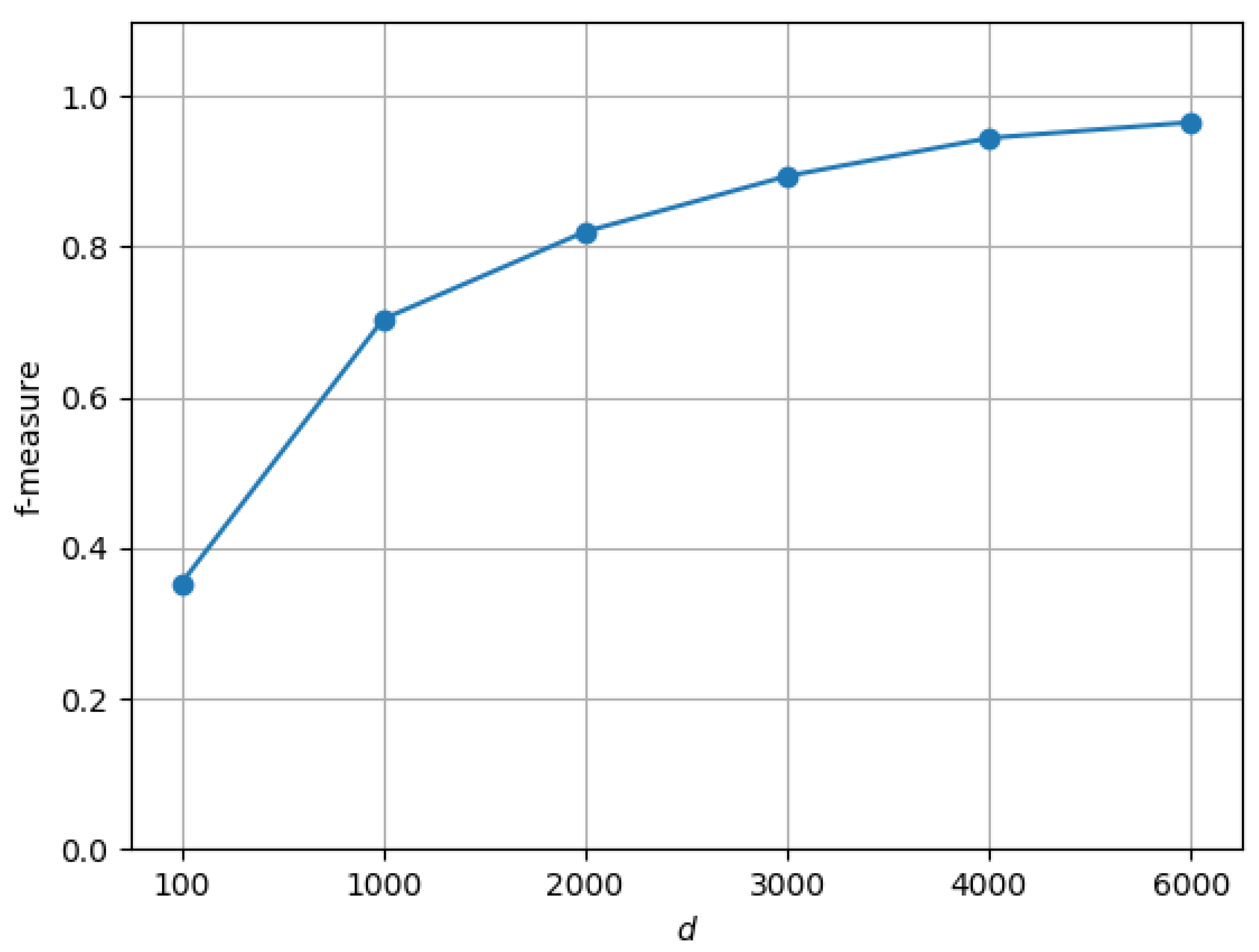

This is an improvement to LALR(1) that is unique to Lark.Syntax Analysis is a second phase of the compiler design process in which the given input string is checked for the confirmation of rules and structure of the formal grammar. (If you’re familiar with YACC, you can think of it as automatic lexer-states) It’s surprisingly effective at resolving common terminal collisions, and allows one to parse languages that LALR(1) was previously incapable of parsing. So at each point, the lexer only matches the subgroup of terminals that are legal at that parser state, instead of all of the terminals. The contextual lexer communicates with the parser, and uses the parser’s lookahead prediction to narrow its choice of terminals. Lark extends the traditional YACC-based architecture with a contextual lexer, which processes feedback from the parser, making the LALR(1) algorithm stronger than ever. Lark comes with an efficient implementation that outperforms every other parsing library for Python (including PLY) It can parse most programming languages (For example: Python and Java). It’s incredibly fast and requires very little memory. LALR(1) is a very efficient, true-and-tested parsing algorithm. Warning: This lexer can be much slower, especially for open-ended terminals such as /.*/ This lexer provides the same capabilities as scannerless Earley, but with different performance tradeoffs. This ensures that the parser will consider and resolve every ambiguity, even inside the terminals themselves. Setting lexer="dynamic_complete" instructs the lexer to consider every possible regexp match. This behavior was chosen because it is much faster, and it is usually what you would expect. That means, for example, that when lexer="dynamic" (which is the default), the terminal /a+/, when given the text "aa", will return one result, aa, even though a would also be correct.

It tries every possible combination of terminals, but it matches each terminal exactly once, returning the longest possible match.

As an advanced feature, users may use specialized visitors to iterate the SPPF themselves.Įarley’s “dynamic” lexer uses regular expressions in order to tokenize the text.While simple and flexible, it comes at the cost of space and performance, and so it isn’t recommended for highly ambiguous grammars, or very long inputs. Users may choose to receive the set of all possible parse-trees (using ambiguity=’explicit’), and choose the best derivation themselves.

Users can choose between different disambiguation strategies, and can prioritize (or demote) individual rules over others, using the rule-priority syntax.


 0 kommentar(er)
0 kommentar(er)
